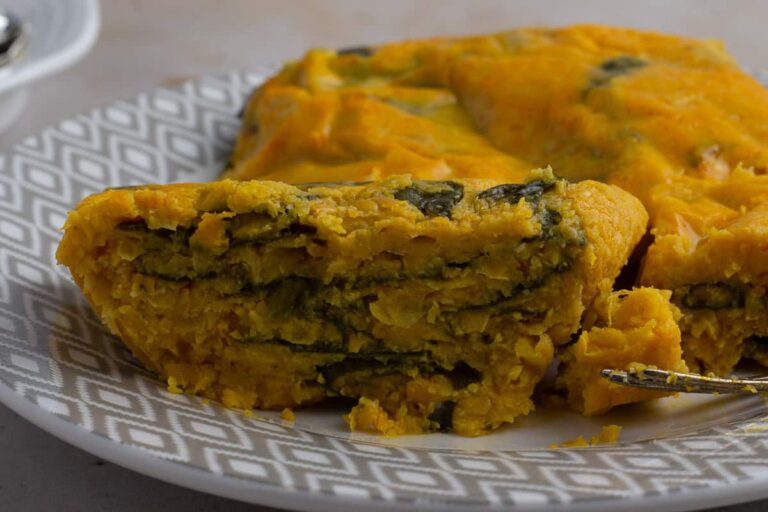Introduction: Cameroonian Cuisine
Cameroonian cuisine is a fusion of different flavors, spices, and herbs from the various regions of the country. The country’s location in Central Africa, surrounded by Nigeria, Chad, Central African Republic, Gabon, Equatorial Guinea, and Congo, has resulted in a diverse culinary scene. Cameroonian cuisine is characterized by the use of local ingredients, including plantains, cassava, yams, peanuts, and seafood.
The cuisine is also influenced by the country’s colonial past. French, British, and German colonialism have left their marks on the cuisine, with some recipes still prepared with European techniques. Despite the influence of external cultures, Cameroonian cuisine has retained its unique character and identity.
The North: Simplicity and Spices
The cuisine of the North is simple but rich in flavor, with a focus on grains, vegetables, and spices. The region is known for its use of spices such as ginger, cloves, and nutmeg, which are used to season dishes like rice, couscous, and meat stews. The most popular dish in the region is called “Maafe,” a spicy peanut stew made with meat or fish and served with rice or couscous. Millet-based dishes like “Touff” and “Tchak” are also popular in the region.
The South: Seafood and Sauces
The South is located along the coast, and as such, seafood is a staple in the region’s cuisine. Fish, crabs, and shrimps are prepared in a variety of ways, including grilling, frying, and boiling. Sauces are also a significant part of the cuisine, with “Eru” being a popular dish. Eru is a vegetable soup made with wild leaves and spices, and it is often served with boiled yams or plantains. “Ndole” is another popular dish made with bitter leaves and peanuts, and it is often served with rice.
The West: Root Vegetables and Fufu
The West is known for its starchy root vegetables like yams, taro, and cocoyam. These vegetables are boiled or roasted and served with soups or stews. “Fufu” is a popular dish in the region and is made by pounding boiled cassava, plantains, or yams until they become a dough-like consistency. This dish is often served with soup or stew. “Nkui” is another popular dish in the region, made with snails and palm oil.
The East: Bold Flavors and Palm Oil
The cuisine of the East is characterized by bold, spicy flavors, and the use of palm oil. The region is known for dishes like “Ekwang,” a dish made with grated cocoyam, palm oil, and meat or fish. “Mbanga soup” is another popular dish made with palm nuts and served with plantains or rice. “Koki” is a steamed bean cake made with black-eyed peas and palm oil.
The Center: Fusion and French Influence
The Center region is a fusion of different flavors and influences, with French cuisine being a significant influence. The region is known for dishes like “Ndolé,” a bitter leaf stew that is often served with fish or chicken and rice. “Grilled chicken” and “Poulet DG” are other popular dishes in the region.
Street Food: Popular Snacks and Dishes
Street food is an essential part of Cameroonian cuisine, with vendors selling a wide variety of snacks and dishes on the streets of major cities. “Suya” is a popular snack made from grilled meat skewers seasoned with spicy peanut sauce. “Puff-puff” is a deep-fried doughnut-like snack that is very popular and can be found on almost every street corner. “Akara” is another popular snack made from black-eyed peas and deep-fried to perfection.
Conclusion: Diversity and Richness of Cameroonian Cuisine
Cameroonian cuisine is diverse and rich, with each region having its unique dishes and flavors. The cuisine is a reflection of the country’s cultural and historical background, with influences from external cultures. Despite the external influences, Cameroonian cuisine has retained its unique identity and character. From the spicy dishes of the North to the seafood-rich cuisine of the South, Cameroonian cuisine is a culinary adventure waiting to be explored.

